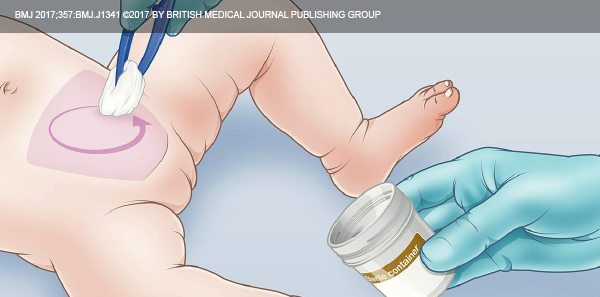
Clinical Significance: The 15 percent difference was decided by consensus of 20 pediatricians and pediatric emergency medicine experts. However, others might consider a larger or smaller difference clinically significant.
Explore This Issue
ACEP Now: Vol 36 – No 12 – December 2017Satisfaction Scores: The 5-point Likert scale they used was counterintuitive. They used 1 to mean “very satisfied” and 5 to mean “very unsatisfied,” which is opposite of the usual application of the tool.
Bottom Line: The Quick-Wee method can increase the success rate of getting a clean catch urine in infants suspected of having a UTI.
Case Resolution
You suggest to the parents using the Quick-Wee method to get a clean catch urine sample. After explaining how it is done, they agree. A few minutes later, you are sending off the sample to the lab for step one, urinalysis.
Thank you to Dr. Natalie May, an emergency physician with a subspecialty in pediatric emergency medicine and editor for the St. Emlyn’s blog and podcast.
Remember to be skeptical of anything you learn, even if you heard it on the Skeptics’ Guide to Emergency Medicine.
Reference
- Subcommittee on Urinary Tract Infection. Reaffirmation of AAP clinical practice guideline: the diagnosis and management of the initial urinary tract infection in febrile infants and young children 2-24 months of age. Pediatrics. 2016;138(6). pii: e20163026.
Pages: 1 2 3 | Single Page






No Responses to “Quick-Wee an Easier Way to Get Infant’s Clean Catch Urine Sample”